We may receive a commission when you use our affiliate links. However, this does not impact our recommendations.
I use a biscuit joiner for one thing, and one thing only: Cutting slots for the L-shaped wooden “buttons” I use to attach tops to tables (and tops to table-like things such as my kitchen island shown above) and case pieces.
The buttons themselves are cut at the table saw, usually out of whatever offcuts I have scattered about, and are about 1-1/4″ x 1″ wide x 2-1/2″ long. (Actually, I cut them with an L-shaped tongue on both ends of a 5″-long (or so) piece, then cut each piece in half. Double your fun.)
Then, I set a biscuit joiner for the depth of the top of the tongue, mark the location and plunge. And if my tongue is a little thicker than the resulting slot, I simply lower the blade a bit and plunge again.
While I try to get the mark on the tool aligned exactly the same for the first and second plunge, if I’m off a hair (as I am in the picture below), I haven’t found that to cause any trouble.
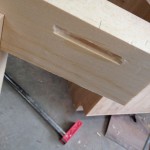 The buttons are attached to the bottom of the tabletop through countersunk clearance holes, and located so that the tongue can swing into the curved slot(s) and hold the top in place. Because the tongue is held in place by the slot, there’s room for things to move as the seasons change.
The buttons are attached to the bottom of the tabletop through countersunk clearance holes, and located so that the tongue can swing into the curved slot(s) and hold the top in place. Because the tongue is held in place by the slot, there’s room for things to move as the seasons change.
It’s quick and easy, and almost foolproof.
There are, of course, more uses for a biscuit joiner; I’ve simply gravitated toward other techniques to tackle any given biscuit-appropriate situations.
But it is arguably a little silly to have a $100+ tool dedicated to this one operation – an operation that for most isn’t regularly called for. So here’s a link to an article from a “vintage” issue of Popular Woodworking Magazine. In “A New Manual for Biscuit Joiners,” you’ll discover 27 techniques to not only help you use the tool properly, but to make good use of it for more than simply cutting button slots.
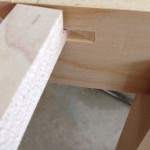 Still, I wouldn’t kick the biscuit joiner out of my stable for being a one-trick pony.
Still, I wouldn’t kick the biscuit joiner out of my stable for being a one-trick pony.
p.s. Click on the images to enlarge them, if you wish. And below are some pictures from the underside of my coffee table to perhaps clarify things; the slots are in the aprons, the buttons are attached to the underside of the top.
Here are some supplies and tools we find essential in our everyday work around the shop. We may receive a commission from sales referred by our links; however, we have carefully selected these products for their usefulness and quality.



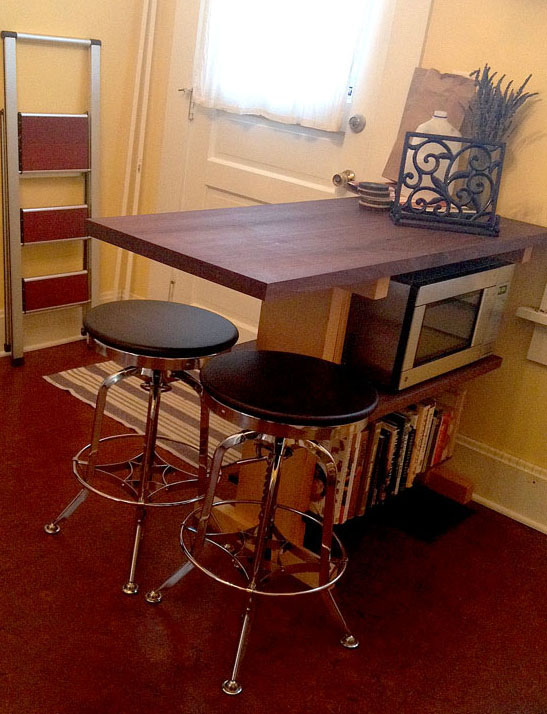
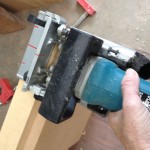
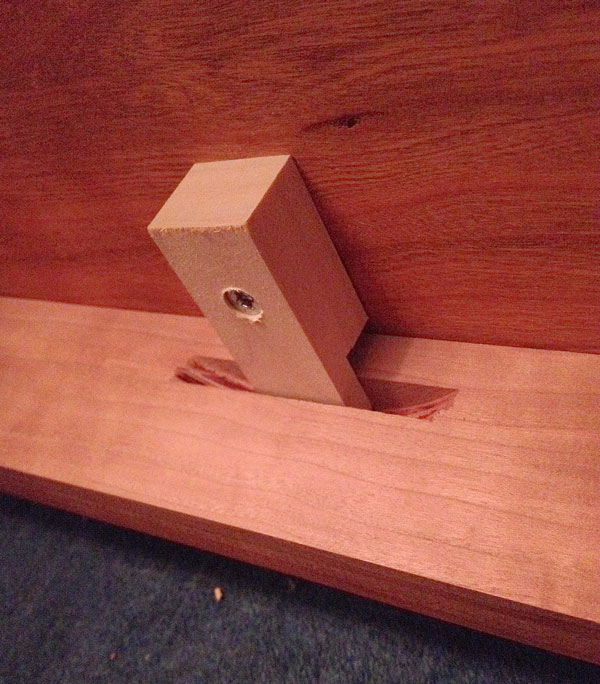
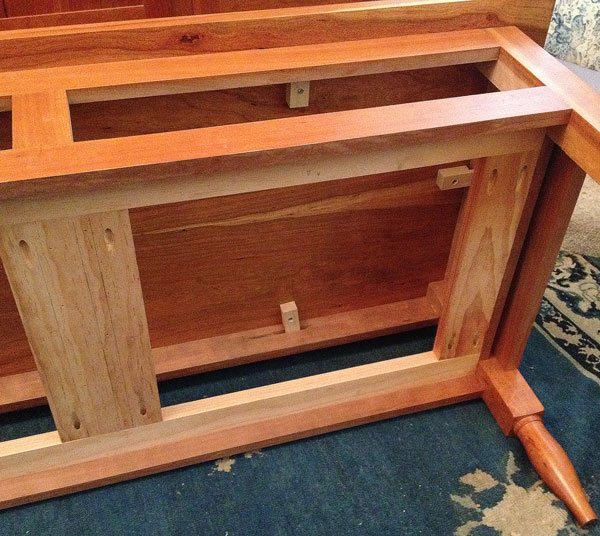






I find it odd that you would only use this tool for one small thing. It’s way more versatile than that, as evidenced by the recently re-posted article by Bob Lang. They’re not for everything, but I find them quite useful for all sorts of casework.
I like the idea of just rotating the buttons rather than taking them out completely. I usually cut short, shallow mortises but the buttons need completely removing to get the top off. Neat idea Megan. Just for curiosity, have you got Welsh connections in the family? Megan is a very traditional Welsh name…in much the same way that Fitzpatrick is not. I’m a Welsh speaker but my parents are from over the border in England, so I’m not Welsh through and through, that’s for sure.
I was surprised to see Frank Klautz using biscuits to join boards for a table top, and using a router to rout out waste on dovetails; but then he is a businessman as well as a master craftsman and makes very efficient use of his time and energy.He also makes tendons on the table saw and uses a mortising adapter for his drill press to remove waste.His videos show he is expert at both hand and power tools and uses them both to his advantage.I am thankful for the opportunity to view all the videos and would recommend the Shopclass on demand to all! jim
Megan, you are brilliant. But you knew that. Thanks for the tip.
Festool Domino works even better, and there are lots of other uses for it around the shop, which might help to mitigate the high price.
You punch the mortise in the simple rectangular block and in the apron at the same height. No marking and no height measurement necessary. I let my biscuit cutter go when I bought the Domino, and don’t miss it at all.
Like using a biscuit cutter, if your table is narrow, you need to plan ahead and cut the mortises before you assemble the aprons to the legs.
I may have not been paying attention – but since you posted it here – the Kitchen Island is BEAUTIFUL!!
I think all the agonizing over the design and execution was worth it!
Hey Megan,
If you have a router table, but no biscuit joiner, you can purchase a router bit that cuts biscuit slots. Of course it can cut longer slots too. It’s nice to have a cheap multi-tasker in the drawer when you need it.
Cheers,
Tom